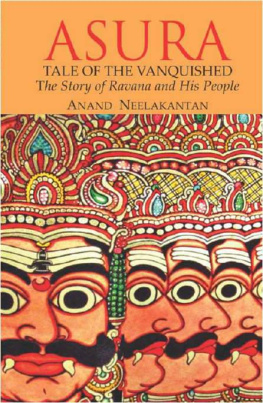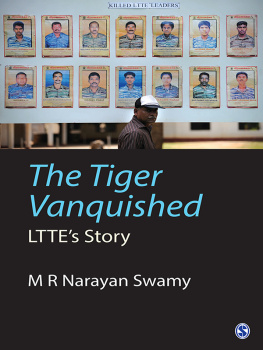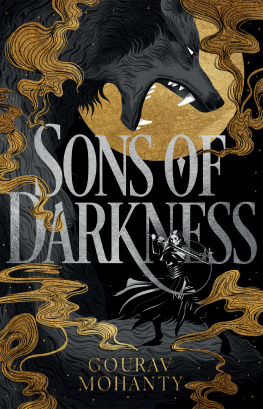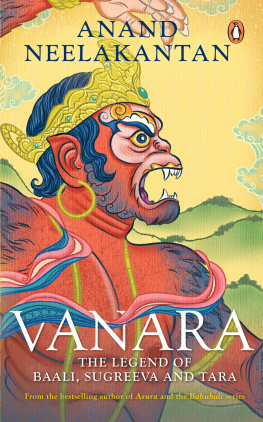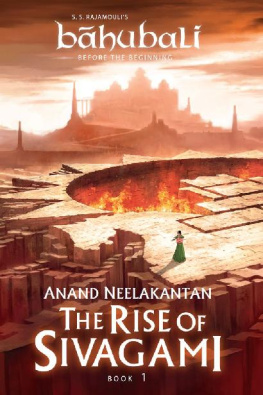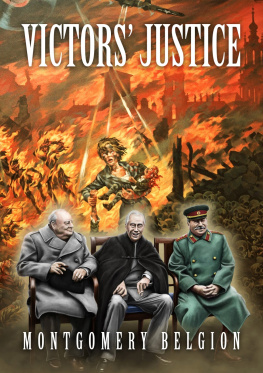Neelakantan - ASURA: Tale Of The Vanquished
Here you can read online Neelakantan - ASURA: Tale Of The Vanquished full text of the book (entire story) in english for free. Download pdf and epub, get meaning, cover and reviews about this ebook. year: 2012, publisher: Leadstart Publishing, genre: Non-fiction. Description of the work, (preface) as well as reviews are available. Best literature library LitArk.com created for fans of good reading and offers a wide selection of genres:
Romance novel
Science fiction
Adventure
Detective
Science
History
Home and family
Prose
Art
Politics
Computer
Non-fiction
Religion
Business
Children
Humor
Choose a favorite category and find really read worthwhile books. Enjoy immersion in the world of imagination, feel the emotions of the characters or learn something new for yourself, make an fascinating discovery.
- Book:ASURA: Tale Of The Vanquished
- Author:
- Publisher:Leadstart Publishing
- Genre:
- Year:2012
- Rating:3 / 5
- Favourites:Add to favourites
- Your mark:
- 60
- 1
- 2
- 3
- 4
- 5
ASURA: Tale Of The Vanquished: summary, description and annotation
We offer to read an annotation, description, summary or preface (depends on what the author of the book "ASURA: Tale Of The Vanquished" wrote himself). If you haven't found the necessary information about the book — write in the comments, we will try to find it.
ASURA: Tale Of The Vanquished — read online for free the complete book (whole text) full work
Below is the text of the book, divided by pages. System saving the place of the last page read, allows you to conveniently read the book "ASURA: Tale Of The Vanquished" online for free, without having to search again every time where you left off. Put a bookmark, and you can go to the page where you finished reading at any time.
Font size:
Interval:
Bookmark:


ISBN 978-93-81576-05-2
Story: Anand Neelakantan, 2012
Illustrations: Leadstart Publishing, 2012
| Illustrations | Amplecreation Studio |
| Cover Design | Mishta Roy Layouts |
| Layouts | Ajay Shah |
| Printing | Repro India Ltd |
Bandra (E), Mumbai 400 051, INDIA

THE L ATE S HRI nt> L . N EELAKANTAN AND
C HELLAMMAL N EELAKANTAN,
WHO OPENED THE MAGICAL WORLD
OF I NDIAN MYTHOLOGY TO ME.
About The Author
I was born in a quaint little village called Thripoonithura, on the outskirts of Cochin, Kerala. Located east of mainland Ernakulam, across Vembanad Lake, this village had the distinction of being the seat of the Cochin royal family. However, it was more famous for its hundred-odd temples; the various classical artists it produced and its music school. I remember many evenings spent listening to the faint rhythm of Chenda s from the temples and the notes of the flute escaping over the rugged walls of the school of music. Gulf money and the rapidly expanding city of Cochin have, however, wiped away all remaining vestiges of that old world charm. The village has evolved into the usual, unremarkable, suburban hell hole, clones of which dot India.
Growing up in a village with more temples than was necessary, it was no wonder that the Ramayana fascinated me. Ironically, I was drawn to the anti-hero of the epic Ravana, and to his people, the Asuras. I wondered about their magical world. But my fascination remained dormant for many years, emerging only briefly to taunt and irritate my pious aunts during family gatherings. Life went on... I became an engineer; joined the Indian Oil Corporation; moved to Bangalore; married Aparna and welcomed my daughter Ananya, and my son, Abhinav.
But the Asura Emperor would not leave me alone. For six years he haunted my dreams, walked with me, and urged me to write his version of the story. He was not the only one who wanted his version of the story to be told. One by one, irrelevant and minor characters of the Ramayana kept coming up with their own versions. Bhadra, who was one of the many common Asuras who were inspired, led and betrayed by Ravana, also had a remarkable story to tell, different from that of his king. And both their stories are different from the Ramayana that has been told in a thousand different ways across Asia over the last three millennia. This is then Asurayana , the story of the Asuras, the story of the vanquished.
Anand Neelakantan can be reached at:

Dasamukha
Why is Ravana portrayed as ten-faced?
While the ten-headed, twenty-armed figure of Ravana as the supreme anti-hero, is familiar to every Indian and scholars of Indian mythology, few really know why he is portrayed in this manner. Traditional Indian wisdom places importance on the control of ones emotions and projects the intellect alone, as the being supreme. The great King Mahabali, advises Ravana to shun the other nine base emotions of anger ; pride ; olditalic0552"> jealousy ; happiness ; sadness ; fear ; selfishness ; passion and ambition . Intellect alone is to be revered. Indian spiritual gurus have always stressed the need to overcome the Self and have considered these emotions detrimental to the elevation of the soul.
But, in his response to Mahabali, Ravana justifies and exults in the possession of all these ten facets, as they make him a complete man. Mythology thus portrays Ravana as Dasamukha , or the ten-faced one, while his twenty hands denote prowess and power. Ravana sees himself as the epitome of a complete human being; without any pretense to holiness or restricted by social and religious norms. He is as good or as bad as any human being, and as nature intended man to be. Society is unable to curb his other nine faces, as it does in the figure of Rama. So Rama may be seen as God, but Ravana is the more complete man. Our epics have used the ten heads of Ravana to symbolize a man without control over his passions eager to embrace and taste life all of it.
Ancient India at the peak of
Ravanas Asura Empire


Content

1 The end
Ravana
Tomorrow is my funeral. I do not know if they will bury me like a mangy dog or whether I will get a funeral fit for an Emperor an erstwhile Emperor. But it does not really matter. I can hear the scuffing sounds made by the jackals. They are busy eating my friends and family. Something scurried over my feet. What was that? I
I am not afraid of death. I have been thinking of it for some time now. Thousands have been slain over the last few days. Somewhere in the depths of the sea, my brother Kumbha lies dead, half-eaten by sharks. I lit my son Meghanadas funeral pyre yesterday. Or was it the day before? Ive lost all sense of time. I have lost the sense of many things.
A lonely star is simmering in the depths of the universe. Like the eye of God. Very much like the third eye of Shiva, an all-consuming, all-destroying third eye. My beloved Lanka is being destroyed. I can still see the dying embers in what was once a fine city. My capital, Trikota, was the greatest city in the world. That was before the monkey-man came and set it on fire. Trikota burned for days. Shops, homes, palaces, men, women, and babies, everything burned. But we restored it. Almost every able man joined in rebuilding Trikota. Then the monkey-men came with their masters and destroyed everything. Hanuman did that to us. The monkey-man brought us death, destruction and defeat.
Font size:
Interval:
Bookmark:
Similar books «ASURA: Tale Of The Vanquished»
Look at similar books to ASURA: Tale Of The Vanquished. We have selected literature similar in name and meaning in the hope of providing readers with more options to find new, interesting, not yet read works.
Discussion, reviews of the book ASURA: Tale Of The Vanquished and just readers' own opinions. Leave your comments, write what you think about the work, its meaning or the main characters. Specify what exactly you liked and what you didn't like, and why you think so.

